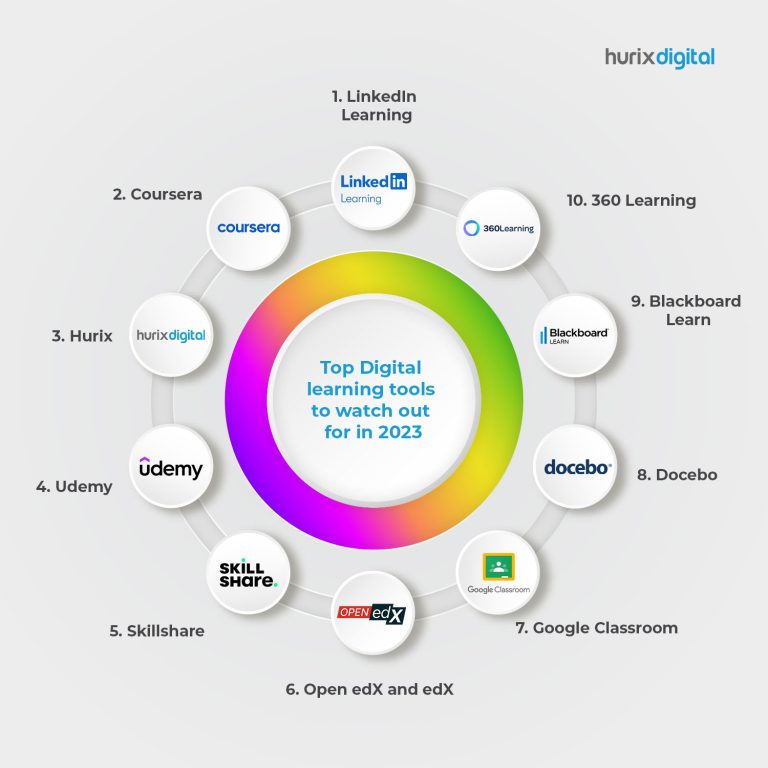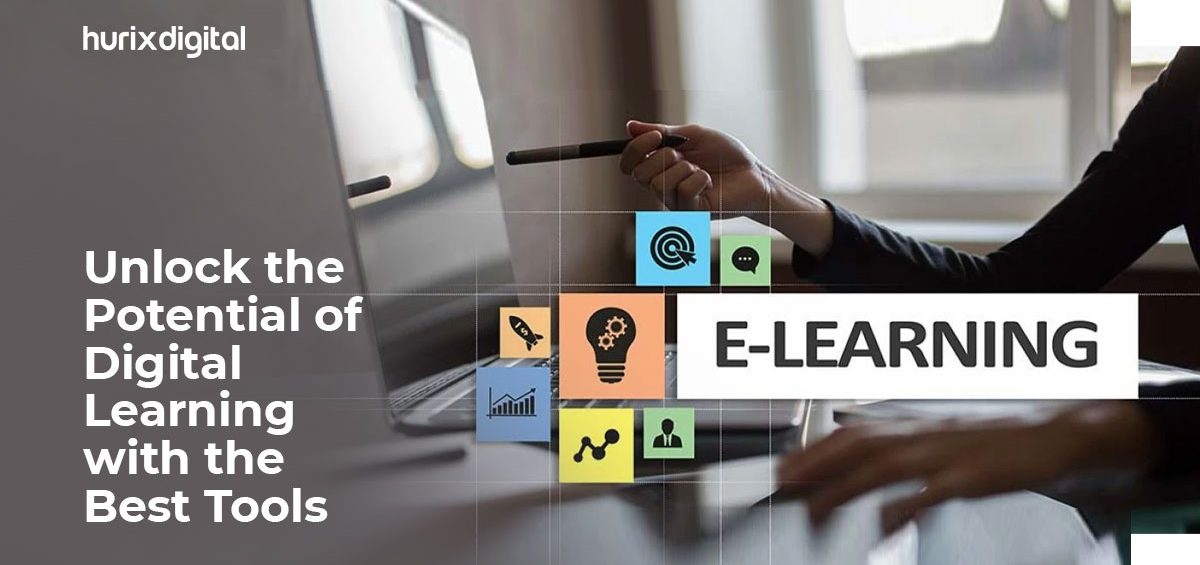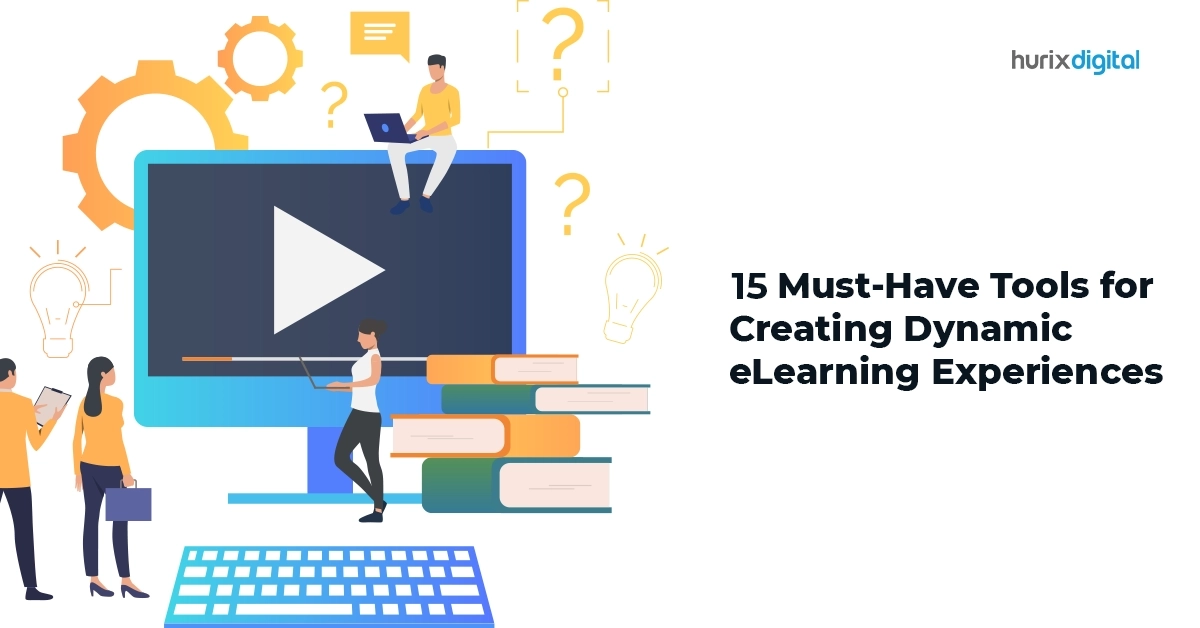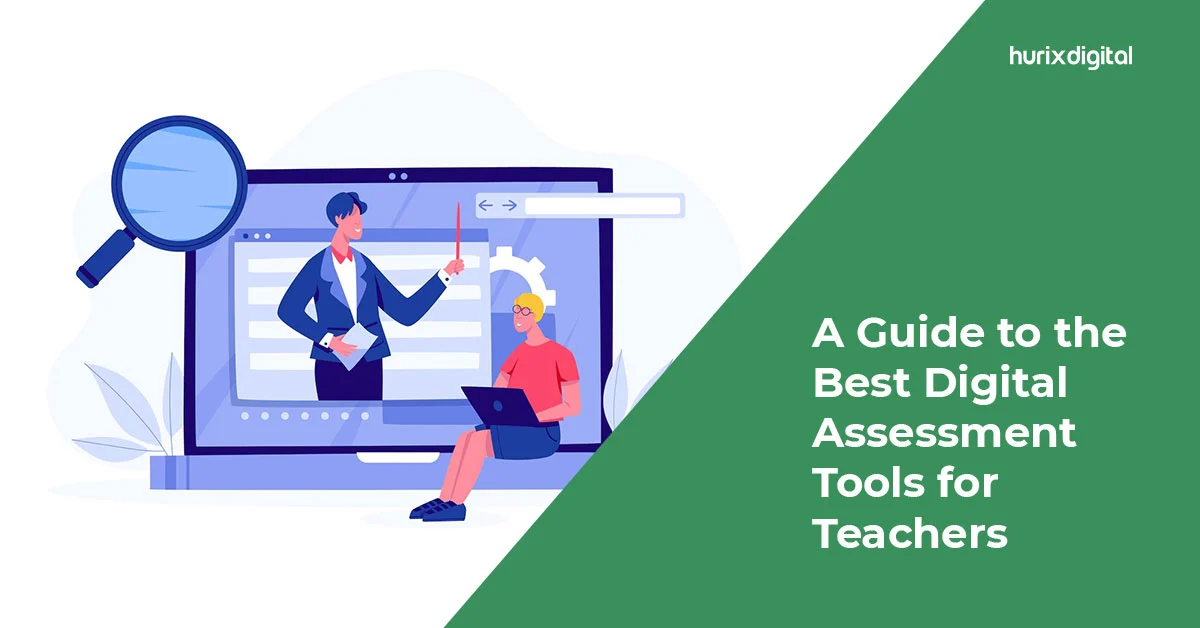If you want to expand your skill set or learn about a specific topic, there are various digital learning tools to choose from. The best digital learning tools enable people to learn according to their schedule. Learners can also pick future-ready courses and save a significant amount of money by choosing virtual classes.
People learn 40% faster on digital platforms than through the traditional way of learning. Digital learning platforms have gained significant popularity after the pandemic. People are now more comfortable with the online mode for teaching and learning purposes.
A plethora of digital learning tools offer the chance to create, sell, and learn courses online. To help you make the selection process easy, we have rounded up the top 10 digital learning platforms preferred by learners.
Table of Contents:
- What are the top 10 digital learning tools to watch out for in 2023?
1. LinkedIn Learning
2. Coursera
3. Hurix
4. Udemy
5. Skillshare
6. Open edX and edX
7. Google Classroom
8. Docebo
9. Blackboard Learn
10. 360 Learning - Conclusion
What are the top 10 digital learning tools to watch out for in 2023?

As we learn more about the best digital learning tools, we will go through their pros and cons so that you can choose the best tool(s) according to your needs.
1. LinkedIn Learning
LinkedIn Learning was formerly Lynda.com, a remarkable educational platform offering professional courses in technology, business-related, and creative fields.
This platform offers video lessons. It also serves as a premium service for LinkedIn users and has more than 16,000 courses in 7 languages. The primary focus is to help individuals invest in their professional development.
Pros
- Offers a free 30-day trial
- Highly valued and recognized in the B2B community
- You can evaluate your progress with the help of quizzes
- Provides access to several career features
- Personalized course recommendations
- Offline learning access to learn wherever and whenever you want to
Cons
- It can be challenging to join as an instructor
- The course quality is ambiguous, and users will have to do their research before enrolling
2. Coursera
Coursera is amongst the best digital learning tools for students in the market, with more than 23 million users. This platform provides the best and most high-quality online training courses globally.
Coursera partners with top universities and businesses to provide students with the opportunity to receive certifications from reputed institutes upon joining paid courses.
This platform offers users specialized courses, individual courses, and degree programs with on-demand video lectures, peer-reviewed assignments, homework exercises, and community discussion forums.
Pros
- Provides several learning activities and options
- Provides the best quality educational tools along with instructor interactions
- Awards students several types of degrees and certifications
Cons
- Limited to teachers in partner institutions
- Less flexible course creation option than other platforms
3. Hurix
Hurix is one of the best digital learning platforms/tools for a reason. It offers digital solutions to businesses and educational institutions. This platform is equipped with the best-in-class technology along with a robust software infrastructure.
The training solutions provide users with engaging and informative learning experiences that empower employees and drive performance, all while delivering the needed results.
Pros
- Customized video learning to bring academic content to life
- Promotes needed engagement to make learning better than conventional means of education
Cons
- Does not offer a free trial
4. Udemy
Udemy is amongst the popular and best digital learning tools for students with more than 40 million students and 50 thousand instructors to create the best and most efficient online courses.
Udemy allows for streamlined course creation for everyone with the ability to learn new skills. It provides a wide range of learning materials such as PowerPoints, PDF Documents, text, and video content, along with other primary features.
Teachers can join the platform and start teaching from the get-go. However, it does take a significant amount of commission from the revenue, and the platform will have control over the pricing and discounts.
Pros
- Instructors can set up their accounts without any cost
- Inclined towards self-paced video courses and learning
- Doesn’t require technical knowledge
- Accessible on both Android and iOS
Cons
- High competition between the courses
- Limited interaction with students
- Visibility depends on the marketing level. This platform only promotes courses that are popular with instructors
- No ownership over branding or data. It will keep the user data and emails and does not share the information with their instructors
5. Skillshare
Skillshare is a famous course marketplace with more than 4 million students and more than 24K lessons in several disciplines.
It has course lessons varying from 20-60 minutes, small video series, class projects, and a student community to encourage interaction through discussion forums.
Pros
- Provides a discussion forum in which students can exchange feedback.
- Offers the ability to take many courses for the same price.
Cons
- Does not offer any certification upon completion or any other formal recognition
- Class content is limited to 4 categories
E-Book:
Hurix Minibook: Immersive Learning for the WIN in Education!
6. Open edX and edX
edX and Open-edX are the two sides of the same coin. The latter is the learning platform from which students can find online courses from several universities, and open-edX is a free content management system.
Both platforms were created by a group of MIT and Harvard University scientists to provide online education to all people worldwide.
edX has more than 8,000 courses from 100 reputable universities and businesses offerings the best higher education in many disciplines. They primarily specialize in computer science, sciences-engineering, data science, humanities, math, management, and business.
Pros
- Open-source and free
- iOS and Android applications are available
- Interactive online classes that allow students to chip in
Cons
- Comes with the additional costs of a self-hosted server and its maintenance
- Discussion forums seem to be outdated and can be challenging to navigate
- Needs technical knowledge or hiring developer for implementation
7. Google Classroom
Google Classroom is one of the best digital learning tools that offers a cloud-based learning atmosphere to allow remote education for learners from pre-K to college.
Teachers can submit assignments in documents such as .doc and pdfs. Students then receive a notification to complete and submit the task on time. Teachers can grade the assignment, keep a virtual grade book, and offer classroom-styled lectures through the Google Meet feature.
Google Classroom offers its services through several tier features; however, the free tier is also robust for those low on budget. This tool is also cross-platform, allowing students to use it with any device, such as Chromebooks, laptops, and iOS and Android platforms.
Pros
- Powerful media sharing tools
- Integration with Google workspace
- Clean interface that is easy to comprehend
Cons
- It cannot be licensed separately
- No direct contact for customer support
8. Docebo
Docebo takes an AI approach to make an easy learning platform with an impressive list of more than 500 fortune companies using their services.
Incorporated under the Docebo suite, several products help create content, deliver, and measure the impact metrics. The product style is ideal for onboarding and hiring new employees.
There are also several issues with the lack of support options, such as a direct phone number or chat option. Also, completely opaque pricing makes figuring out the tiers or options challenging. However, users can put this platform to good use due to its robust interactions fostered by the services through the Docebo community.
Pros
- Smartphone apps are accessible on both iOS and Android
- Free trial
- User forum through Docebo community
- Notable clients
Cons
- Low-rated applications
- Limited support options
- Opaque pricing
- Few specifics on their website
9. Blackboard Learn
Blackboard Learn is a learning platform that can be assessed by learners of all levels from pre-K to university and beyond, such as industry and government education.
This platform also has shortcomings, such as opaque pricing, limited direct support options, and several bugs that users have reported in the applications.
The integrated tools, such as the plagiarism checker to check students’ assignments, are the balancing factor. So is the accessibility tool, which is ADA-compliant along with other efficient tools to enhance the communication between professors and students.
The platform also has a tracker for students to track their progress by submitting their assignments.
Pros
- Free 30-day trial
- Trackable progress
- Foster teacher and student interaction
- Accessible on smartphone applications
Cons
- Opaque pricing
- Lacks a free tier
10. 360Learning
This platform meets the challenge of streamlining project task creation head-on. Users benefit from integrated tools such as video editors with templates known as cheat sheets along with the option to add ten different types of questions for tests.
This platform also offers a 1-month free trial without asking for any credit card info, along with the choice of tiered plans. However, users are less impressed due to the lack of direct contact and some features reserved for the top plan, and the Android app has gotten fewer ratings than the iOS version.
Pros
- Extensive knowledge base
- Smoothens the course creation
- Choice of tier plans
- Accessible on smartphones
- Free trial
Cons
- Multiple features are reserved for the top plan
- Semi-opaque pricing
- Few direct contact options
Conclusion
Regardless of the stage, the best digital learning products provide an efficient method to help you grow in your career or help you start something new. As you can see, there are several options, and each platform has its own strengths and weaknesses.
Digital tools are revolutionizing the way we learn. With so many online learning tools available, there is no excuse not to continue your education. These tools for learning can help you learn new skills, advance your career, or simply expand your knowledge. So what are you waiting for? Start exploring the digital learning products that are available to you today!
Embracing the power of digital learning products is essential for continuous growth in your career or for venturing into new opportunities. These tools offer an efficient and flexible way to acquire new skills and expand your knowledge. With a variety of options available, each with its unique strengths, there’s no reason not to explore the vast world of digital learning today!
Also Read – Top 10 E-Learning Platforms for Effective Development
Frequently Asked Questions (FAQs)
1. How can digital learning tools improve student engagement?
A. Digital learning tools provide interactive and immersive experiences that can increase student engagement. Features such as multimedia content, gamification elements, real-time collaboration, and interactive assessments help captivate students’ interest and motivate them to actively participate in their learning.
2. Are digital learning tools suitable for all educational levels?
A. Yes, digital learning tools can be adapted for various educational levels, from K-12 to higher education and professional development. Different tools and platforms cater to specific age groups and learning objectives, ensuring their suitability for learners at different stages of education.
3. Can digital learning tools replace traditional classroom instruction?
A. Digital learning tools cannot entirely replace traditional classroom instruction but can complement it. They offer flexibility, additional resources, and alternative learning experiences.
4. What considerations should educators keep in mind when selecting digital learning tools?
A. When selecting digital learning tools, educators should consider factors such as alignment with learning objectives, ease of use, technical requirements, data privacy and security.
5. What is the future outlook for digital learning tools?
A. The future outlook for digital learning tools is promising, with ongoing advancements in technology and learning sciences. We can expect continued innovation in areas such as AI, virtual and augmented reality, adaptive learning, data analytics & more.











